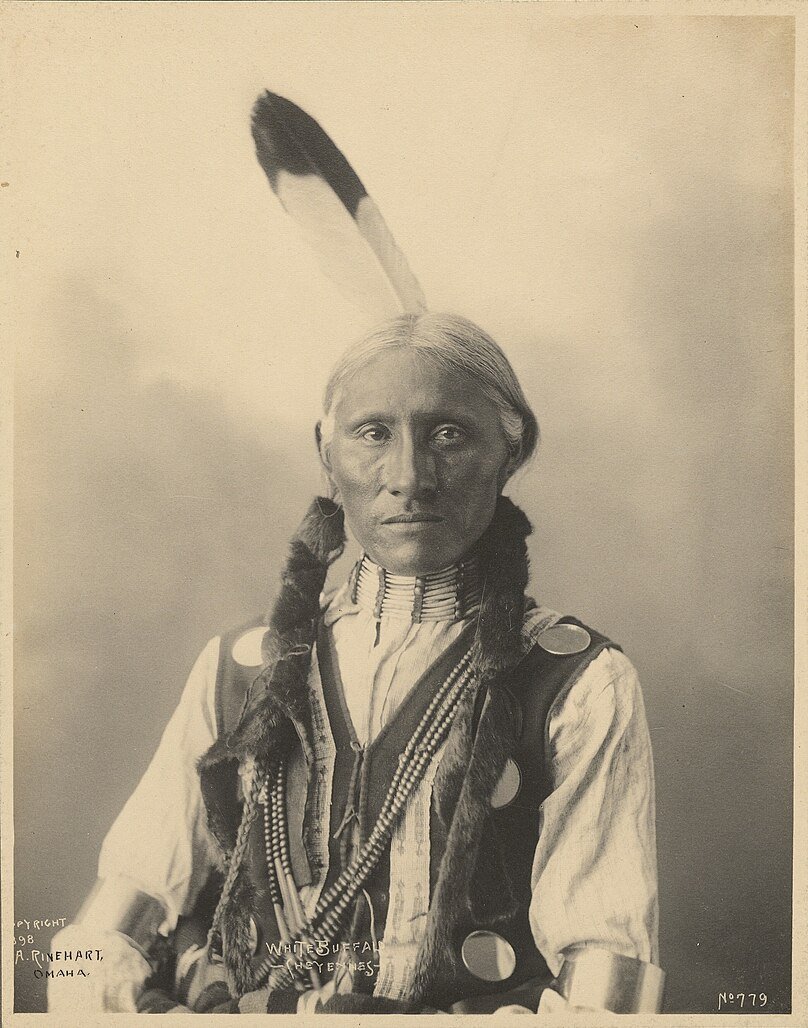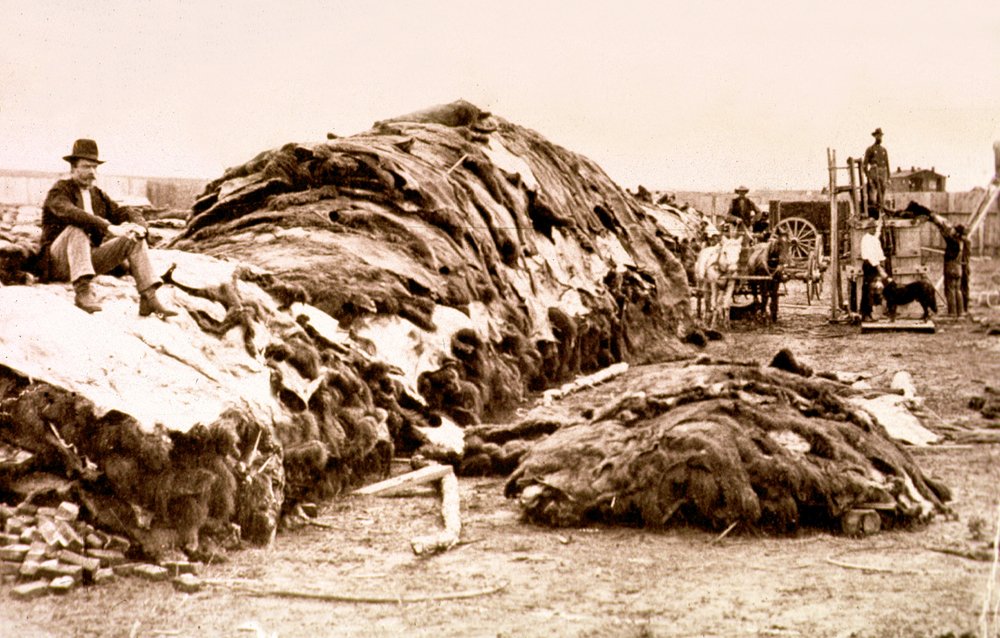The Transcontinental Railroad and Native Lands: A Story of Displacement and Desolation
An American Railroad Uncovered Story
In the expansive narrative of American history, the construction of the transcontinental railroad stands as a pivotal chapter, symbolizing progress and connectivity. However, beneath the iron tracks lies a darker tale of the profound impact on Native lands and people. This article delves into the complex repercussions of the railroad's expansion, unraveling a story of broken promises, ecological crises, and cultural disruption that left an indelible mark on Native communities.
Native Americans and the U.S. Government: A History of Mistrust
Native Americans, with a history marred by broken promises and violence, faced yet another challenge with the arrival of the transcontinental railroad. The clash between the government's vision of progress and Native Americans' deep-rooted connection to their ancestral lands set the stage for a tumultuous chapter in history, where the consequences of broken treaties reverberated far beyond the immediate construction of the railroad. This dynamic of mistrust, compounded by the broader historical context, underscores the complexity of the relationship between Native Americans and the U.S. government during the era of railroad expansion.
Euro-American Expansion and Ecological Crises in the Central Plains
As Euro-American expansion surged, it triggered ecological crises in the Central Plains. The diverse array of Native tribes with unique languages, customs, and responses to settlers and railroad builders found themselves caught in the relentless wave of change. The once-thriving ecosystems of the Central Plains were disrupted, leading to the loss of vital resources and challenged Native communities striving to maintain their traditional ways of life. The impact of this ecological attack extended beyond the immediate construction zones of the railroad, affecting the delicate balance of nature upon which Native Americans relied.
The consequences of Euro-American expansion were not uniform across different Native tribes. Each community faced its own set of challenges as they navigated the encroachment of settlers and the construction of the railroad. While some tribes, like the Pawnee, sought to cultivate friendly relationships with settlers, others, including the Lakota, Cheyenne, and Arapaho, vehemently resisted the encroachment of the railroad into their territories. This clash of cultures and priorities set the stage for profound conflict and upheaval.
Disruption of Traditional Lifestyle: Bison, Hunting Grounds, and Sabotage
The Transcontinental Railroad's construction disrupted not only the landscape but also the traditional lifestyle of Native Americans. Bison, crucial for sustenance and cultural practices, faced decimation as hunting grounds were obliterated. In response to the threat to their resources, Native Americans resorted to sabotage, escalating tensions with railroad builders. This sabotage, often born out of desperation, reflected a strategic effort to protect the essential elements of their cultural and economic survival. The destruction of hunting grounds meant more than just the loss of a resource; it marked the erosion of a way of life which was intricately tied to the land.
The deliberate acts
of sabotage were a
response to the
existential threat posed
by the railroad.
Native communities felt compelled to resist in whatever ways they could. The strategic targeting of the railroad, viewed as a symbol of both progress and desolation, became a focal point for expressing their determination to preserve their unique cultural practices. This resistance was a manifestation of a broader struggle to defend the very essence of Native identity and livelihoods in the face of an ever-expanding industrial frontier.
Tensions Escalate: Tragedies and Massacres
As conflicts intensified, tragedies like the Bear River Massacre, the Sand Creek Massacre, and interracial violence unfolded. The railroad's construction became intertwined with a dark legacy of bloodshed, displacements, and cultural erosion. The clashes were not isolated events but rather part of a broader narrative of systemic violence that accompanied the expansion of the railroad, leaving lasting scars on both Native communities and the historical landscape of the United States. The Bear River Massacre, where the U.S. Army attacked the Shoshone in 1863, and the Sand Creek Massacre, where the Cheyenne and Arapaho were brutally attacked in 1864, serve as stark reminders of the brutal toll exacted on Native communities during this period.
The intersection of the transcontinental railroad and the military presence heightened tensions, resulting in violent confrontations that reverberated across the Plains. The tragic events that unfolded during this era were not only fueled by economic and territorial interests but also by a deep-seated racism that further marginalized Native Americans. The scars left by these massacres would persist, casting a long shadow on the relationship between Native communities and the forces driving westward expansion.
The Devastating Toll: Bison Extinction and Desperation
By 1900, the once-thriving bison population – which served as a source of food, clothing, material, cultural artifacts, and more – had been slaughtered to near extinction, leading to starvation and desperation for the Native communities. This period marked not only the ecological devastation but also socio-economic hardships faced by Native Americans. Trades across the entire country completely transformed as trade routes suddenly took days instead of months, mail-in orders became popularized, and large commercial businesses were able to quickly expand their reach far beyond their local regions. This desperate situation was further exacerbated by the economic shifts brought about by the railroad, pushing Native communities to the brink of survival. The toll exacted on Plains Indians was not only measured in the decimation of a species but also in the erosion of their ability to sustain themselves in a rapidly changing world.
The impact of the transcontinental railroad on Native lands and people was far-reaching and irrevocable. It not only altered the physical landscape but also disrupted the intricate tapestry of Native cultures and traditions. As we reflect on this chapter in history, it is crucial to acknowledge the enduring pain and resilience of Native communities, whose stories are woven into the very fabric of the nation's development. The transcontinental railroad's legacy is one of displacement, desolation, and the urgent need for a nuanced understanding of the interconnected history that shaped the United States.
To learn more about the American Railroad initiative and all of its undertakings, use this link.
Sources:
https://www.nps.gov/amis/learn/historyculture/str.htm



